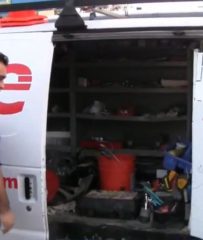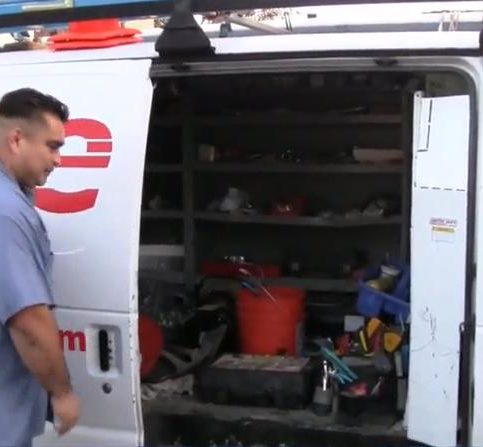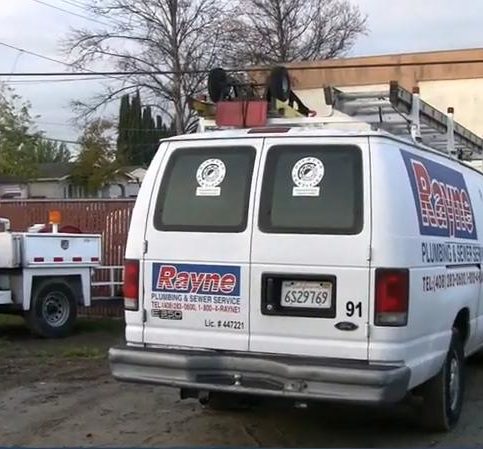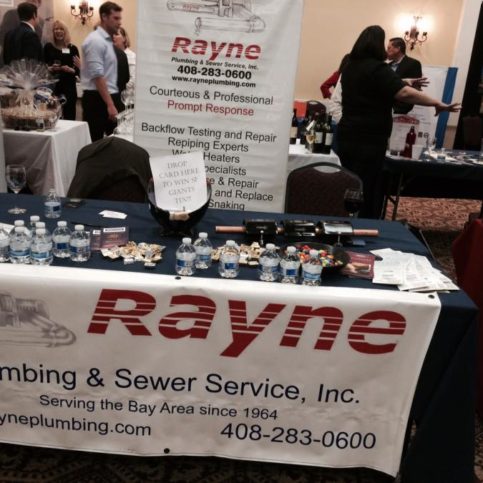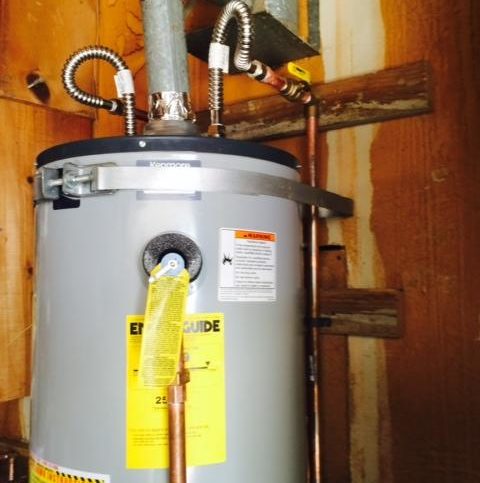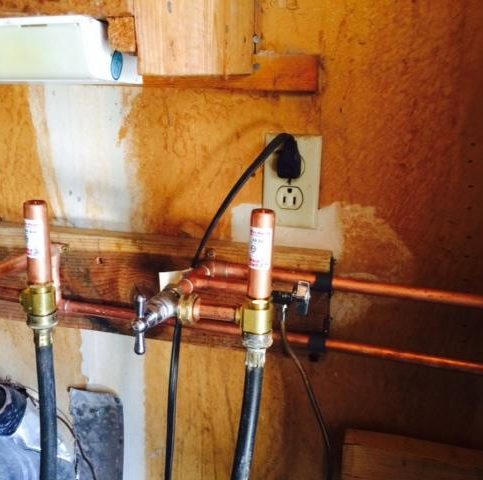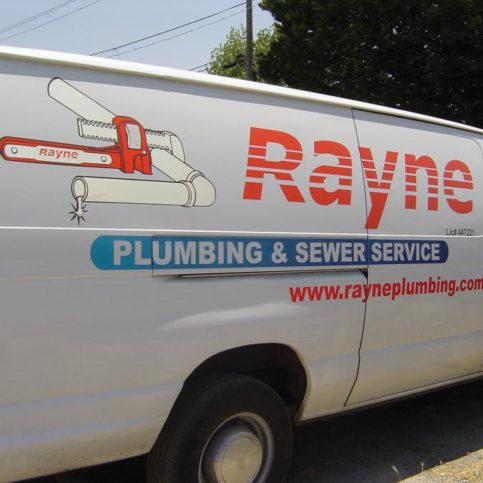Complete Video Transcription
SAN JOSE — Host, Sarah Rutan: Prior to replacing a water heater in your home, you’ll need to be aware of safety code requirements. Today we’re in San Jose with Diamond Certified Expert Contributor Yussef Nesme of Rayne Plumbing and Sewer Service to learn more.
Diamond Certified Expert Contributor, Yussef Nesme: So, it’s often that we get asked by homeowners, “I’m replacing my water heater. Do I need to pull a permit?” The answer is, “Yes.” They recommend that you pull a permit any time you touch a water heater, even if it’s just removing it for a little bit, and then putting it back in. But if it’s a new one, the cities do want you to pull a permit. The cost depends on the city, but it’s usually under $200. Sometimes it’s a little bit more, depending on your city, again. Something you would want to inquire with them.
But one thing I want to go over, too, is code. Whether you get a permit, or you don’t get a permit, you should know about the code because whether you’re going to sell your home, or for your own safety, it’s stuff that you need to know about. First, we’re going to go over strapping, which I think is the most important. Your water heater needs to be strapped. It doesn’t matter where it is. It needs to be strapped in case of an earthquake.
These are what the straps look like. And the way you’re going to want to put the straps on is you’re going to put one on top. And it’s got to be nine inches below the water heater. So, no, maybe that’s a little too much. That’s about nine inches right there. And you’re going to want to strap it to something behind, so, it could be – . And, again, the city, it depends on the city, but you would want to strap it to something where it’s either a 2’ x 4’ connected to the wall.
Sometimes there’s not really, like, a flat surface in the back. What they really want you to do is make sure that the water heater cannot move left to right. So, like I said, you might want to have to put 2’ x 4’s back there. Or a lot of the times they recommend that you do plumber’s tape to anchor it to a different part of the wall to where it’s steady and it’s not going to move left and right, should an earthquake happen.
And then the bottom strap needs to be about 4 inches above the gas controls, right here. And that is going to be code. And so, you would strap both of them to something in the back. And sometimes it could get tricky, depending on where the water heater is placed. But at all times the water heater does need to be strapped.
The other thing that is huge with code is having a water heater pan, and draining it out. So, if it’s inside of the house, you’re going to need to have a water heater pan that goes under the water heater. You’re going to have to connect some PVC piping, and run it out to an open space to somewhere outside of your home, or into the crawlspace, or something like that. But it does need to drain out. The reason they do this is, if for whatever reason your water heater starts leaking, you’re not going to damage the inside of your house. So, that’s one thing that is a must, also, for complying with the codes. And that’s in most cities in California.
Now, one thing you should keep in mind: If this is in your garage, if the water heater is in the garage, you should still have the pan. And depending on the city, they would still want you to run it out. But we recommend go ahead and run out the drain line to outside, just because a lot of people have good possessions inside of their garage. And if your water heater’s leaking, and you just have the pan, and it doesn’t have any piping draining out, all the water’s just going to spill out, and your garage is going to be full of water. So, we recommend doing it. It’s really inexpensive to do, and it’s fairly easy to do as well. But these two things are musts.
The other thing is, if your water heater is in a garage, it is mandatory to have a water heater stand. So, the water heater stands you could get at, you know, most supply houses and stuff like that. And the reason that they want it elevated is because of emissions. There’s a gas opening right here. And they worry that with the gas, the emissions from the car, that it could combust and it could blow up your water heater. So, that’s the reason that they want it on a stand. And that is also water heater code for most cities in the Bay Area.
Host, Sarah Rutan: To learn more from local top rated companies, visit our Diamond Certified Expert Reports at experts.diamondcertified.info.
Read moreRead less





